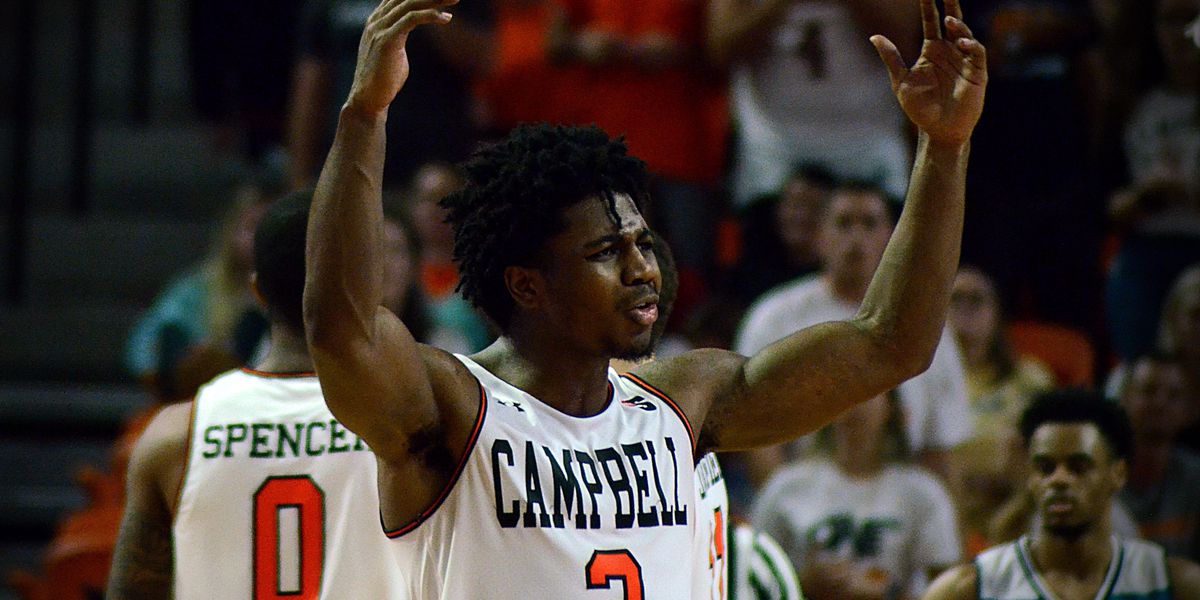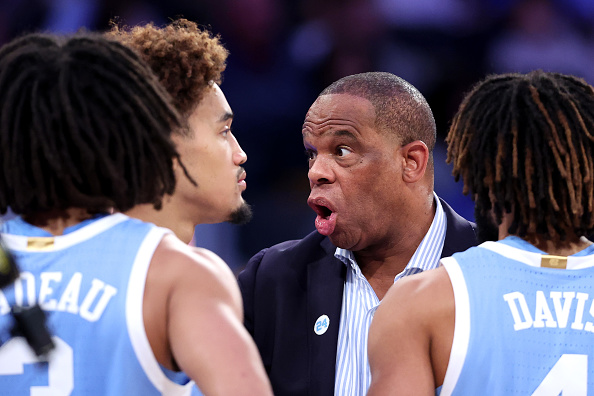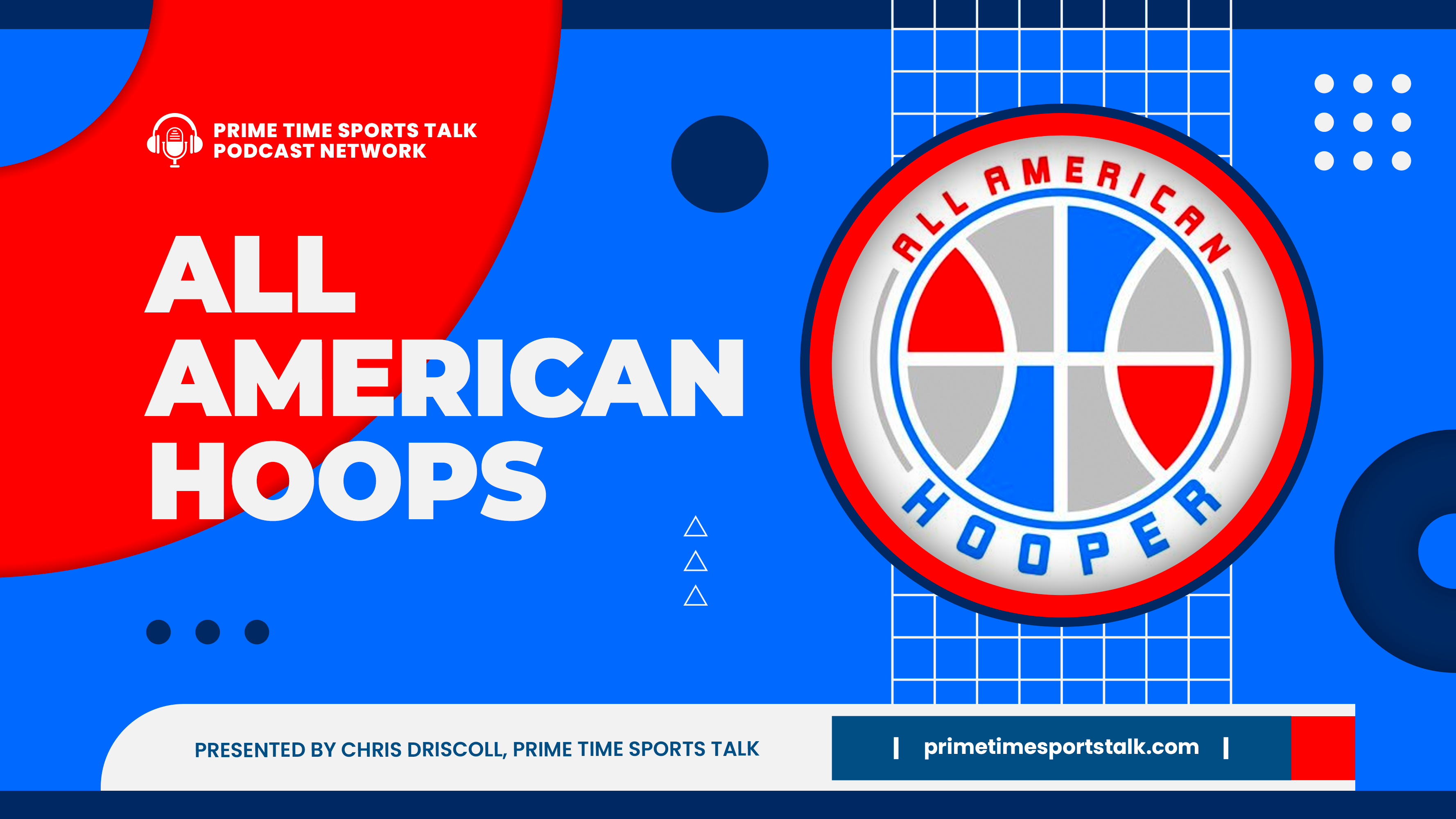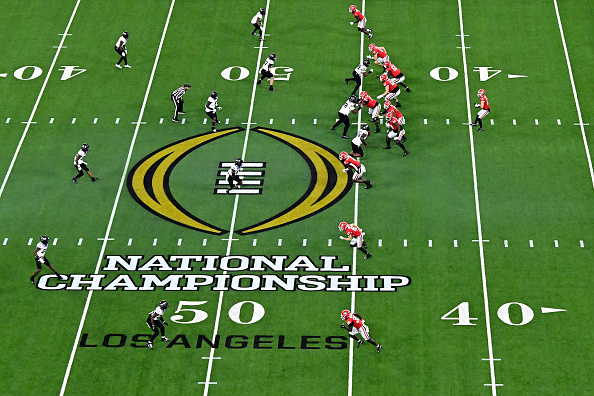Josh Elias | April 3rd, 2019
As we get closer to the NBA Draft, we begin to near the end of the college careers of many of the best players across the country. Bol Bol has already declared for the draft, Zion Williamson has played his last game before his NBA journey begins, and Ja Morant is all but guaranteed to become the first top-five pick the Ohio Valley Conference has produced since Jim Baechtold, all the way back in 1952, in a few months’ time. But I’m not interested in talking about those players, at least not in this segment.
Here I’m focusing on some of the prospects that are harder to evaluate in comparison to the Zions and Bols of the world. I’m planning on analyzing foreign prospects, lesser-known mid-major stars, and some odd cases where a player who should be in the spotlight at a Power Five school is instead opting (or forced) to take a much less traveled path to the league.
Today we meet Chris Clemons.
Chris Clemons was the NCAA’s leading scorer this year, and, in fact, is third on the Division I all-time scoring leaderboard. He’s still managed to go under the radar in rural North Carolina though.
Part of that may be literally going under the radar. He’s short enough to, after all. At 5’9″, Clemons is set to be the joint-smallest player in the league next year, assuming he is drafted, along with Isaiah Thomas.
His height and the small college he attended – Campbell University – come nowhere near telling the whole story though. When you’re that height, there’s much more of a requirement for you to be a special prospect than when you’re a foot taller.
According to Campbell coach Kevin McGeehan, a big factor in his recruitment of Clemons is that he has an otherworldly 44″ vertical leap. That’s higher than all but 15 players in the history of the NBA.
There are just five players throughout NBA history at or below Clemons’ height who have played over 500 games in the NBA. Calvin Murphy, Muggsy Bogues, Spud Webb, Earl Boykins, and Nate Robinson.
Luckily for Chris Clemons, he has a major similarity to most of that list. Clemons’ 44″ vertical is within half an inch of Bogues and Robinson, and just two inches less than that of Webb, an All-Star Weekend Slam Dunk Contest winner.
That’s something that separates those three and Clemons from the rest of the many uber-talented, vertically challenged college scorers we’ve seen over the years that never got a chance at the big time.
After all, he may not seem that special until you learn about his explosiveness – the last two players to lead the nation in scoring were also sub-6’0″, and both of them have failed to even earn a starting spot in the G League. Those two players are Marcus Keene, who’s now playing in South Korea, and Jordan Howard.
There’s one key point of comparison of Clemons with Keene and Howard that’s worrying, though. He’s equally inept as a floor general. There’s a decent chance that’s largely because of the quality of their teammates compared to the situations of Bogues and Webb, for example, but nonetheless, it’s worrying. 2.6 assists per game over the course of his four seasons isn’t a promising number for a point guard.
But everyone knows they’re not going to be getting a floor general in him, so he shouldn’t initially be expected to be put in that sort of a situation. He’s projected as a second-round pick, and the team that selects him will do so with the hopes of adding offensive firepower off the bench a la Nate Robinson.
That’s certainly something he can provide at the NBA level in the right system if a team isn’t too worried about his limitations. Defensively, there’s only so much a player of his height can do, even with as much effort as he leaves on the floor on both sides of play.
Clemons’ game throws in one last twist in comparison to all the other players I’ve mentioned though. Something that hard to project how it will translate to the league because of its rarity. Clemons’ athletic abilities allow him to be a very capable finisher despite his stature, and he also happens to also be one of the best shooters in basketball.
Clemons is the fifth-leading three-point shooter in NCAA history in volume. He attempted nearly 12 threes a game this year, making over four of them. While his percentage of 35.7% isn’t enough to create headlines, the most common theory is that three-point percentage alone isn’t actually the highest correlation for predicting NBA three-point shooting. Three-point attempts and free throw percentage (two things he’s incredible at) are seen as equally important.
According to a quite accurate formula written to predict rookie three-point shooting on Medium, he is predicted to shoot 39.1% from deep in the NBA.
If he comes into the league shooting around that rate from behind the arc, added to what he brings to a team athletically, he’s on the fast track to carving out a role for himself in the NBA. And that’s great value for a player projected to go 47th, per nbadraft.net.
Check out the articles in the Forgotten Prospect Series: Goga Bitadze | Brian Bowen
Questions and comments?
thescorecrowsports@gmail.com
Follow Us on Twitter @thescorecrow
Follow Us on Reddit at u/TheScorecrow
Follow Us on Facebook at The Scorecrow
Follow Us on Instagram at The Scorecrow
Follow Josh Elias on Twitter @_SunsofThunder_
Main Credit Image: Mitchell Northam, Mid-Major Madness







